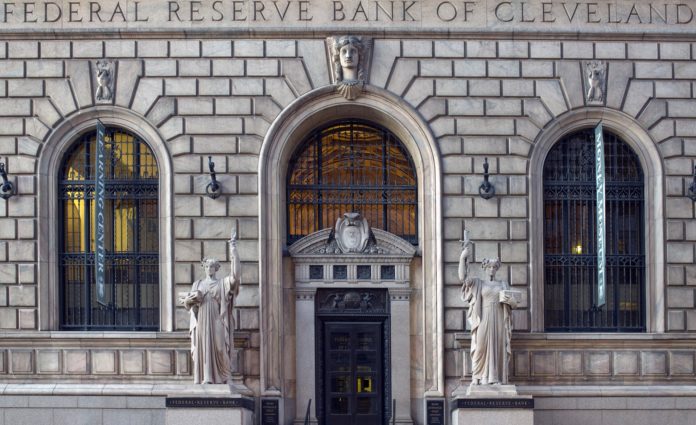The FRS cut interest rates for the third consecutive time on Wednesday however didn’t provide clues on whether or not or not it’ll cut rates more.
The Federal Open Market Committee on October 30th voted to scale back the benchmark rate of interest by twenty-five basis points to a firing range of between 1.5% to 1.75%. The FOMC statement even the necessity for one more cut by informing business mounted investment and exports that seem to “remain weak.”
The statement also removed, among other things, the slogan promising “to act acceptable to support growth”, a phrase frequently used by Fed officers when rates fluctuated upward in 2018 in 2018 to low rates in July and September.
The Fed currently says it’ll “continue to observe implications of incoming info for the economic outlook” in considering future moves.
Esther Fed President George Kansas City and Boston Fed President, as FOMC voters, disagreed with this choice and were against the July and September decisions to cut also the rates.
that basic personal consumption spending was 1.8% in August while inflation continues to fall Below 2.
The statement was otherwise largely unchanged from September. The Fed continuing to describe the market as “strong,” as the September jobs report saw the pct. fall to 3.5%.
The Bureau of Economic Analysis said that basic personal consumption spending was 1.8% in August while noting that inflation continues to fall “below 2”.
Hours before today’s announcement, the BEA also discharged its initial print on the third-quarter gross domestic product, showing an annualized 1.9% pace of growth, higher than expectations of 1.6%. Consumption perceived to moderate, however, serious government outlay helped boost U.S. growth.
The gross domestic product figures additionally disclosed a 15.3% decline in structures disbursement within the third quarter, only one example of the declining business fixed investment.
But Fed policymakers have aforesaid in recent months that the rate cuts are largely in reaction to what Fed Chairman Jerome Powell has delineated as “downside risks,” like trade issues and geopolitical tension. Those risks, policymakers say, might not be seen within the information nonetheless.
Since the Fed’s last meeting in September, developments on those downside risks are mixed.
The trade war between the U.S. and China might be on its initial steps to resolution as either side goes through a “phase one” trade deal, though the precise details of the agreement are still being hashed out.
Geopolitical tensions, meanwhile, don’t seem to be letting up. Brexit was delayed once more, protests continue in Hong Kong, and China’s economy seems to be decelerating. Two weeks ago, the International money lowered its expectations for international growth in 2019 to the slowest pace since the financial crisis, at 3%.
In his press conference, Powell is going to be closely watched for any comment on the Fed’s mid-October announcement that it might resume growth of its balance sheet by shopping for about $60 billion of Treasury bills monthly.
The purchases are aimed at increasing the number of bank reserves in the financial system, as a shortage of accessible bank reserves for overnight disposal led to an impressive increase in interest rates in September.
The Fed says the purchases will continue at least into the second quarter of 2020.

























